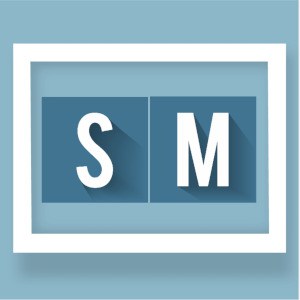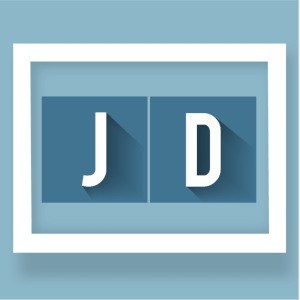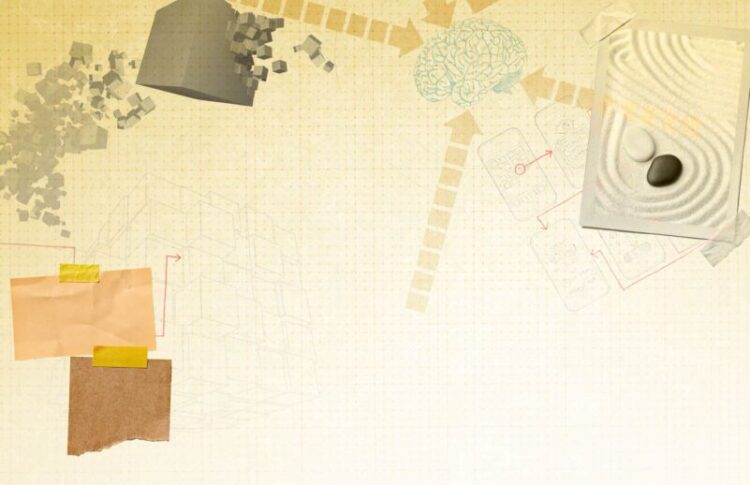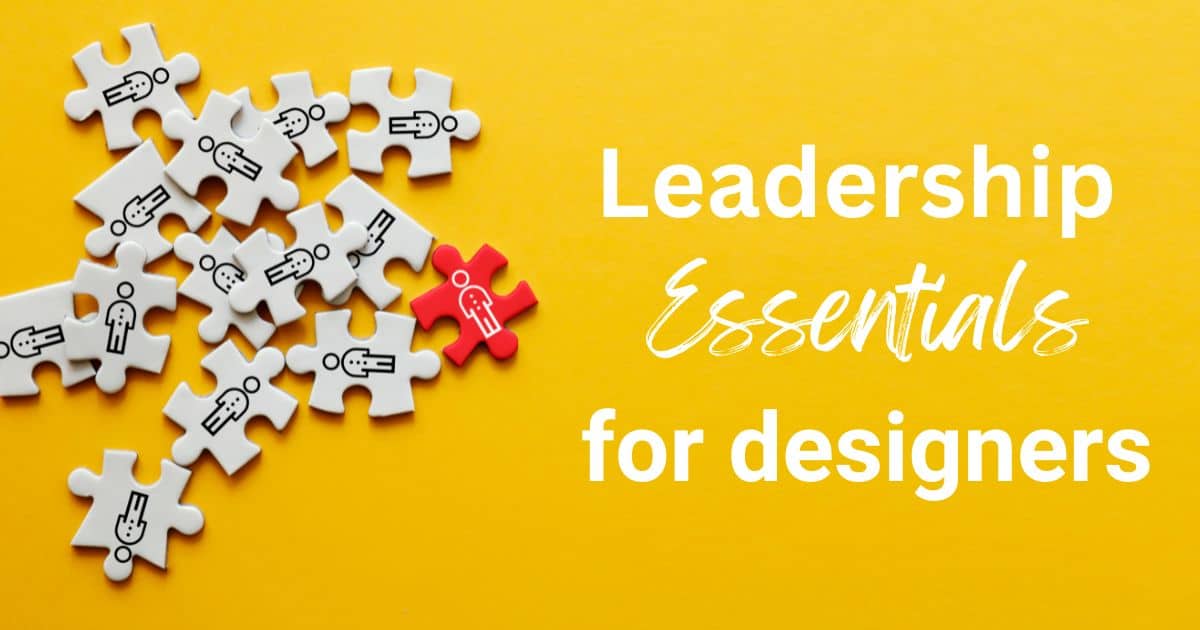7 minute read
The article explores the challenges and solutions in bridging the gap between product managers and designers to foster better collaboration and improve product development outcomes.
For many product managers, design can feel like a black box. You provide the designer with information about the customer’s problem, wait a while, and—voilà!—creative work issues forth. Sometimes the output is amazing, elegant in its intuitiveness. But sometimes, the output doesn’t even approach the product manager’s expectations, creating a sense of frustration and wasted time. How did the design go off the rails, and how can both teams work together to get it back on track? Without mutual understanding and a focus on collaboration, reaching successful outcomes is harder.
Similarly, the role of the product manager can mystify designers. How do product managers prioritize their decisions and balance different factors based on a product direction? What methods do they employ to gather user insight, and how does empathy play into that process? Inconsistent experiences with different product managers can contribute to designers’ confusion around roles and frustration around collaboration. This “black box” understanding of each other’s functions can create real problems, like poor communication and lack of trust, and result in inferior product outcomes.
Transitioning from Mystery to Collaboration
How did we get here? For one, we’ve reached this crossroads from different paths, bringing along varied skills, vocabulary, and perspectives that muddy the waters of understanding. Plus, organizations often oversimplify the separation of roles and responsibilities. This lack of nuance and an emphasis on ownership can contribute to an us-vs-them mentality. Ideally, both design and product management take an outside-in approach to problem solving.
By breaking down walls and learning about our partners’ processes, we’ll find the key collaboration points that increase productivity and successful outcomes.
Designers and Product Managers Have a Lot in Common
In their ideal states, both design and product management take an outside-in approach to problem-solving. Over the years, both practices have evolved to understand buyers and users better, concentrating on research and problem-framing before building solutions. However, these practices evolved parallel, resulting in somewhat different approaches to identifying, articulating, and solving market problems.
Both practices have also found greater influence within the industry. Neither wants to give up their focus on understanding user problems—and they shouldn’t have to! There’s strength in multiple perspectives. Each group has superpowers that, when combined, act as a force multiplier for the products they work on. But first, they must understand each other better, applying the same curiosity that serves them in research to their cross-functional relationships. For product managers, let’s start by peering into the mysterious world of design.
What Designers Care About
It might surprise you, but designers and product managers care about some of the same things. Let’s look at some of the common areas shared between these complementary roles.
Understanding People and Their Problems
To do their best work, designers crave a deep understanding of their target users. As Shannon likes to say, “Good designers often begin their work with a deep knowledge of design patterns and best practices, coupled with an intuitive sense of empathy. Over time, good designers become great by developing a rigorous curiosity about people.”
Designers apply empathy to step into the user’s shoes when imagining potential solutions. To activate their empathic powers, designers need deep user context: where the user is situated, what goals the user wants to achieve, who the user must collaborate with, what the user currently understands, and what decisions and actions the user needs to take with the information at hand. This desire for context frequently appears as a request to be “brought in earlier in the process.” Translation: Designers want to be included in discovery or given rich context on the user.
Framing Problems Before Jumping to Solutions
Designers employ problem-framing techniques to explore problems that have been identified and prioritized. These techniques inspire the generation of innovative solutions and offer criteria for evaluating those solutions. A well-framed problem helps designers activate their creative talents. So, designers may want to collaborate with product managers on reframing the market problems they have been given.
Exploring Multiple Potential Solutions
Experimenters at heart, designers pinpoint the best ideas by generating a multitude. Knowing that the first solution is rarely ideal, they try out various ideas and permutations before selecting the right one for the job.
There are specific methods for exploring alternatives individually and techniques for groups to generate and evaluate multiple ideas before settling on one. You can take advantage of this skill by dedicating time to the schedule for this approach.
Narrative and Storytelling
It’s common for both designers and product managers to use narrative and storytelling during product development. When it comes to designers, they craft stories in their heads to help them think through how the user might approach a product or a feature. These narratives are the easiest, cheapest form of prototyping: A designer can write a story that explains how the product helps the user solve a problem, stitch together multiple features into a coherent whole and use it to get others’ feedback—all before committing to build it.
Stories are also a compelling way to present work in progress, communicating the user’s perspective and ensuring the product experience is optimized for their goals.
Feedback and Refinement
Designers need feedback from colleagues and users on their designs to continually refine the solution to achieve the best possible fit. While they try to approach the problem from the user’s perspective, they may overlook some aspects of the problem in their solution. By giving productive feedback—grounded in the user’s context and problem—you help refine the solution.
What Designers Wonder About Product Managers
The role of a product manager comes with different goals, processes, and expectations than that of a designer. Understanding these differences can make it easier for each side to understand the priorities and challenges faced by each.
Business Expectations
Designers are used to adopting the user’s perspective, but only a select few have a deep grounding in business strategy. How can you provide a deeper context on the business goals you want to achieve to ensure the alignment of user and business needs?
Prioritization Approach
How do you decide what problems to solve and solutions to employ? How do you balance market data, business objectives, user needs, and technical considerations when choosing a path forward? Describing how you weigh these factors and, if possible, including them in the process (so they can see firsthand your rigor in understanding and prioritizing market problems) will help designers understand and buy into your decisions.
Data Sources
Product designers and researchers are steeped in user research practices. Consider partnering with designers on NIHITO user research: You’ll reap solid insights, and your designers will be fortified with the deep user context that inspires great work. Designers are less likely to be experienced in buyer research, so share your buyer insights with them, especially in cases where the buyer’s objectives might seem to conflict with the target user’s needs.
How You Like to Collaborate
This is a true unknown area for designers. Some product managers hand off interface sketches with a request to make them real. Others define the problem and simply hand it to the designer to generate the solution. Some are looking for a happy medium: the product frames the problem, collaborates with the designer to find a solution direction, and then leaves it to the designer to perfect the details, with conversations along the way. Start a dialog with your designer about how you both prefer to collaborate, and select a model that makes sense for your working styles, business environment, personalities, and project priorities.
How You’ll Negotiate Conflict Together
Conflict is inevitable, especially when approaching the same problem through different lenses. Making a plan for overcoming conflict ahead of time will minimize the potential stress in your relationship. What happens when the best solution for the user doesn’t address your business objectives? How will the two roles bring this up and work toward a resolution that satisfies all needs? What’s your plan for identifying conflict early, leaving you enough time to resolve it?
An Expanded View of Collaboration
The only way to understand each other is to work together more intentionally. Partner to set up consistent spaces to play in the sandbox together throughout the process—with the necessary tools to achieve alignment.
Create collaboration points as mechanisms for deeper communication and idea-sharing. The key is meaningful collaboration. Everyone is busy, so you’ll all want to be intentional about crafting the right cadence for partnership. Avoid getting sucked into the “quicksand” of over-collaboration. And it’s good to remember that conflict can have its benefits. You can mine diamonds from the pressure of divergent perspectives!
Moving from the black box to the sandbox will require transparency, communication, and effective collaboration. While focusing on relationship-building may require a small time investment upfront, it will pay dividends in the quality of the products you deliver and your team’s efficiency in achieving those market-winning, delightful solutions.
Training that Improves Your Approach to Business Strategy
The Business Strategy & Design course equips you to confidently contribute to strategy conversations by tying your design work to business outcomes and ensuring you can measure and communicate how design fits into the strategic landscape.
Pragmatic Design courses are developed for designers, by designers. They are facilitated by experts and built within Miro—an infinite canvas platform—for an immersive, interactive learning experience.
Learn More about our Business Strategy & Design Course
Authors
-

Shannon McGarity, a design strategist and experienced leader with 31 years of expertise, has a diverse background at institutions like New York University and Prodigy Services. As a certified coach and facilitator, she brings valuable insights to design strategy and team leadership. For questions or inquiries, please contact [email protected].
View all posts -

Jim Dibble, a Product & Service Designer with 30 years of experience, has left an indelible mark on companies like Sun Microsystems and Cisco. His expertise in system thinking, user research, and design thinking has propelled teams to create innovative products. With a rich background including Oracle and Designit, Jim's skills shape the future of user-centric design. For questions or inquiries, please contact [email protected].
View all posts







